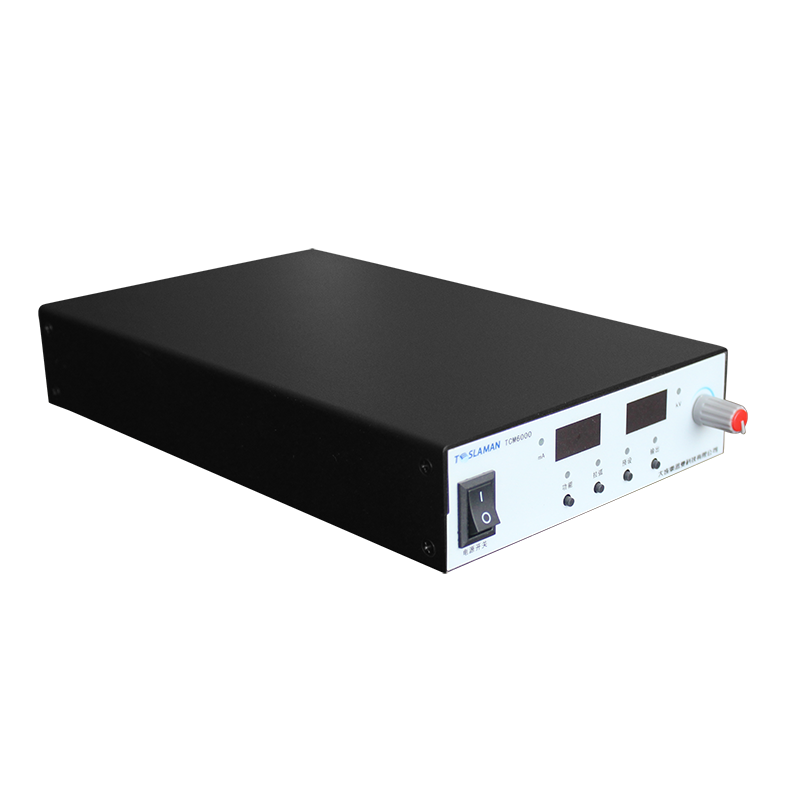Technological Improvements of High Voltage Generators in Laser Marking Applications
Abstract
This article thoroughly examines the key technological improvements of high voltage generators in laser marking systems and their application effects. With the increasing demand for precision manufacturing, high voltage generators, as core components of laser marking systems, directly influence processing quality and efficiency. The paper analyzes the working principles of high voltage generators in laser marking, details recent technological breakthroughs in power stability, response speed, and energy efficiency ratio, and discusses how these improvements promote laser marking processes.
Keywords: high voltage generator; laser marking; pulse control; energy conversion; precision machining
I. Operational Mechanism of High Voltage Generators in Laser Marking Systems
As an important modern precision machining technology, laser marking fundamentally relies on efficient conversion of electrical energy to laser energy. High voltage generators play a critical role in this process, primarily providing stable and reliable high voltage power to lasers. The working process of a typical laser marking system's high voltage generator includes four main stages: AC input rectification, DC boost conversion, storage capacitor charging, and high voltage pulse output.
In laser marking applications, the performance parameters of high voltage generators directly affect laser pulse quality, specifically:
1. Output voltage stability determines laser energy uniformity
2. Pulse rise time influences marking edge definition
3. Maximum repetition frequency limits marking speed
4. Energy conversion efficiency relates to overall system power consumption
II. Technological Improvement Directions for High Voltage Generators in Laser Marking
2.1 Power Stability Enhancement Technologies
Modern laser marking imposes extremely high requirements on energy stability, particularly in micron-level precision machining. Traditional high voltage generators suffer from significant output fluctuations. New technologies adopt the following improvement solutions:
Multi-stage feedback control circuit design
Digital closed-loop regulation systems
Temperature-compensated high voltage components
Adaptive load matching technology
These improvements control output voltage fluctuations within ±0.5%, significantly enhancing marking depth consistency.
2.2 Pulse Response Speed Optimization
High-speed laser marking demands high voltage generators with fast response capabilities. Key technical improvements include:
1. Topology innovation: Adoption of resonant conversion technology reduces switching losses by over 40%
2. Component upgrades: Use of wide-bandgap semiconductor devices enables MHz-level operating frequencies
3. Drive circuit optimization: Low-inductance loop layouts shorten pulse rise time to nanosecond levels
Test data shows that improved high voltage generators can achieve stable pulse output exceeding 100kHz, meeting high-speed marking requirements.
2.3 Energy Efficiency Ratio Enhancement Solutions
Addressing the low efficiency of traditional high voltage generators, new-generation technologies employ:
Zero-voltage switching (ZVS) technology
Synchronous rectification solutions
Dynamic power factor correction
Intelligent sleep modes
Comprehensive application of these technologies increases overall system efficiency to over 92%, significantly reducing operating costs.
III. Impact of Technological Improvements on Laser Marking Processes
Advancements in high voltage generator technology have significantly enhanced laser marking processes:
1. Improved machining precision: Stable high voltage output creates more uniform laser focal energy distribution, improving positional repeatability to ±2μm
2. Enhanced material adaptability: Rapidly adjustable voltage output supports processing of various materials including metals, ceramics, and plastics
3. Expanded process window: Wide-range voltage adjustment (200V-40kV) meets diverse needs from surface marking to deep engraving
4. Increased system reliability: Improved high voltage generators achieve mean time between failures (MTBF) exceeding 50,000 hours
IV. Future Development Trends
High voltage generator technology for laser marking will develop in the following directions:
1. Intelligent control: Integration of AI algorithms for adaptive parameter adjustment
2. Modular design: Standardized power units for easy system expansion
3. Multi-physics collaboration: Optimized electromagnetic-thermal-mechanical coupling design
4. Green energy savings: Further reduction of standby power consumption and operational losses
V. Conclusion
As a critical component of laser marking systems, technological advancements in high voltage generators have directly driven the development of laser processing technologies. Through continuous improvements in power stability, response speed, and energy efficiency ratio, modern high voltage generators can now meet the demands of high-precision, high-efficiency laser marking. With future applications of new materials and control technologies, high voltage generators will play an even more important role in laser processing, providing reliable energy assurance for advanced manufacturing.




















